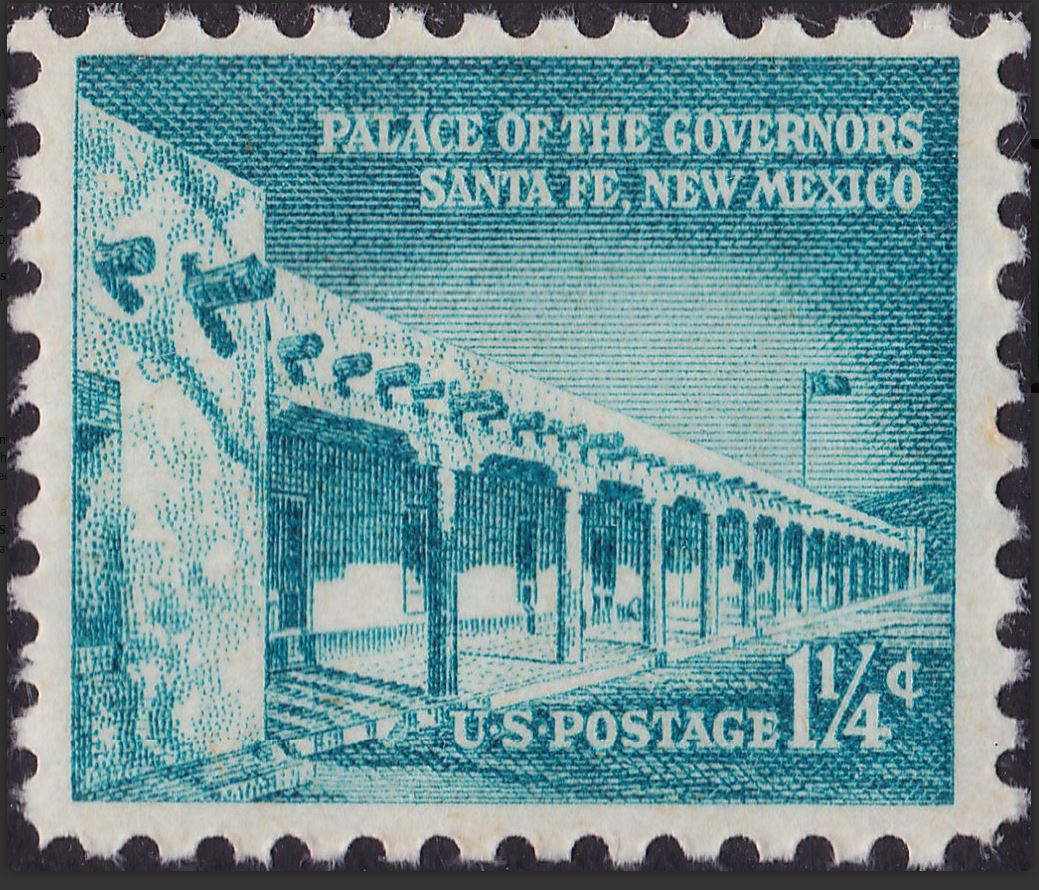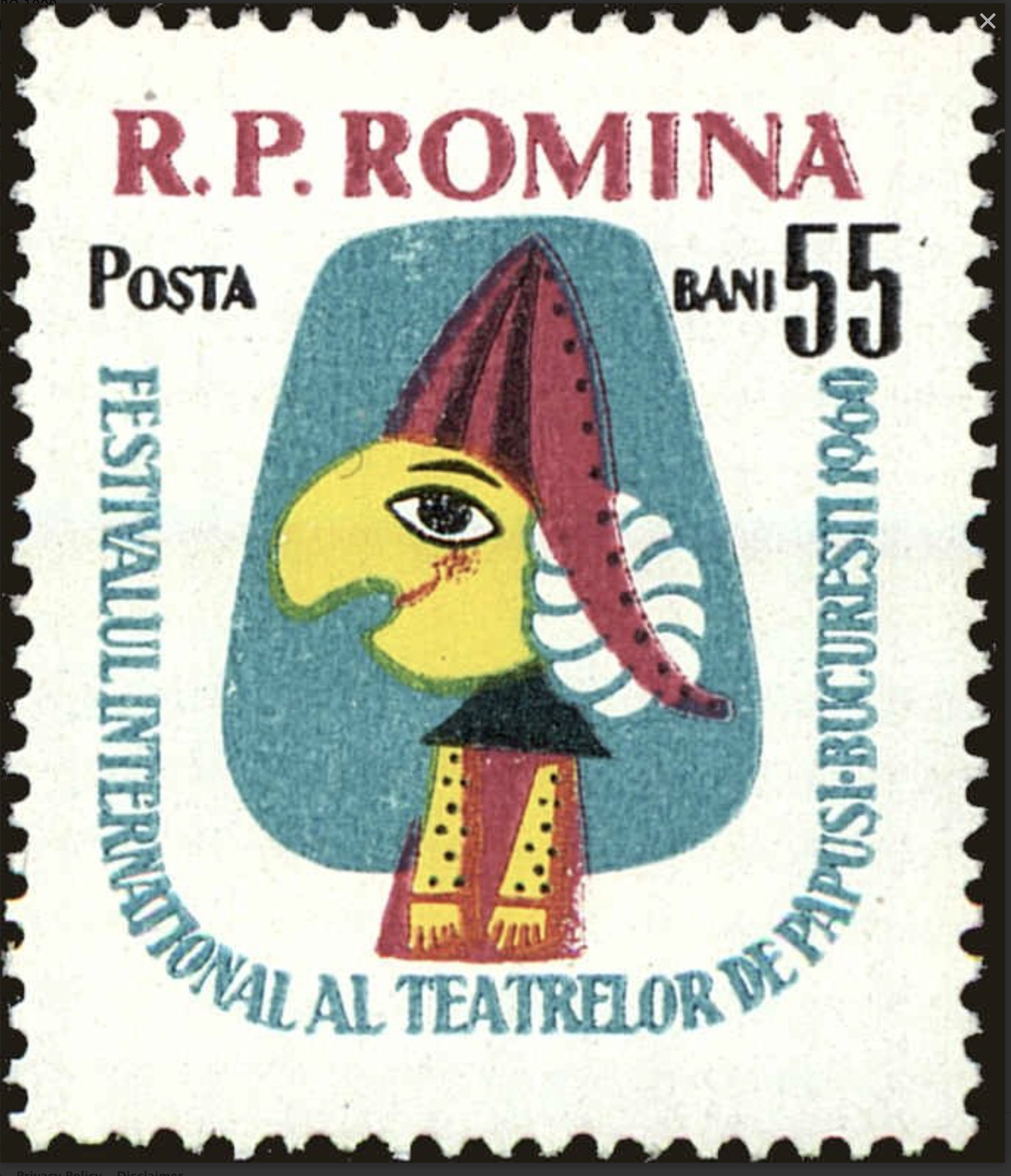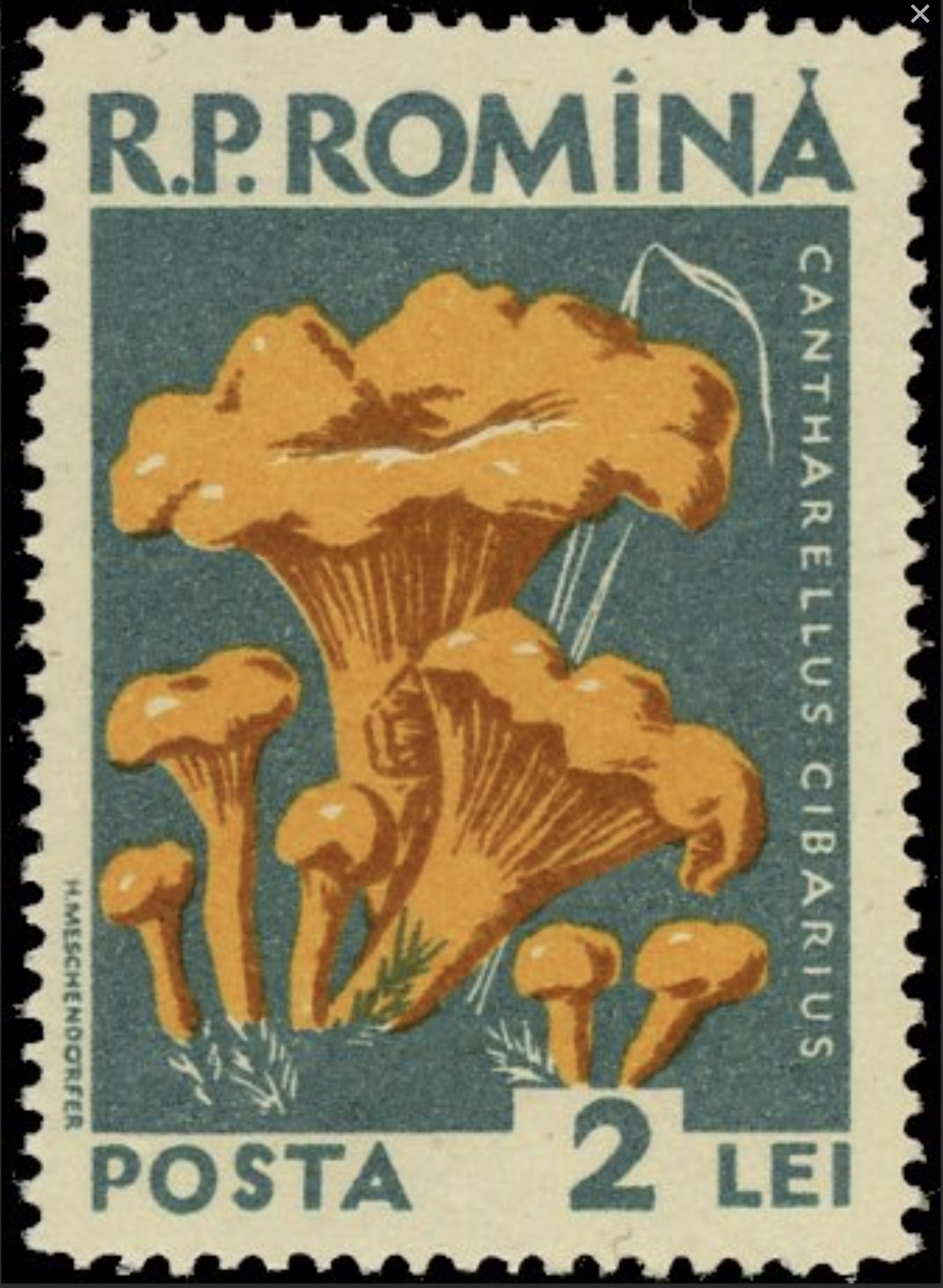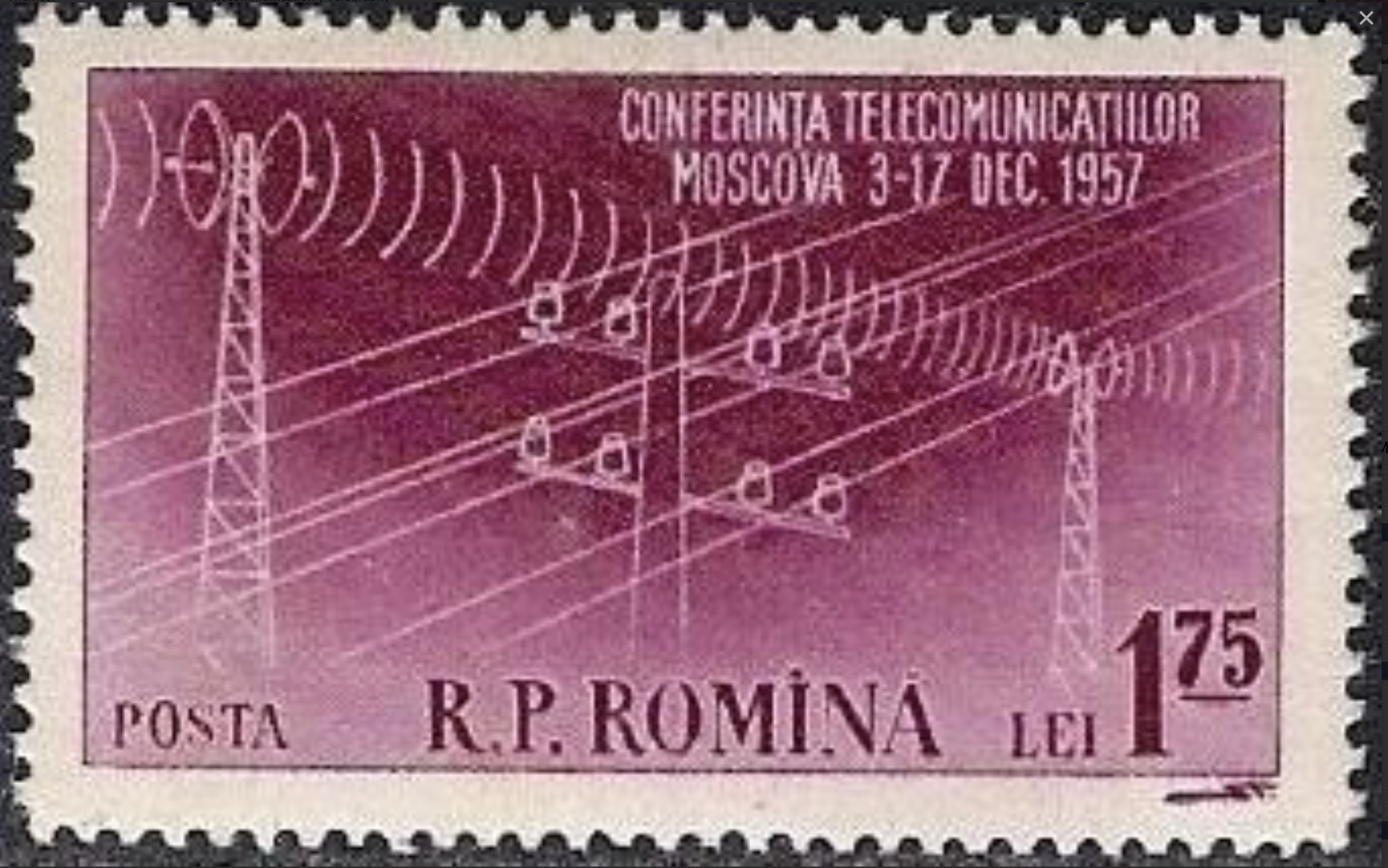United States #1031A (1960) – The Palace of the Governors in Santa Fe
$0.35 – $0.65
United States #1031A (1960) – The Palace of the Governors in Santa Fe
Description
United States #1031A (1960) – The Palace of the Governors in Santa Fe
The Palace of the Governors in Santa Fe, New Mexico, is a historic adobe structure that holds immense cultural and historical significance. Here are some key points about the Palace of the Governors:
- Historical Significance:
- The Palace of the Governors is one of the oldest public buildings in the United States. It was originally constructed in the early 17th century, making it a landmark of considerable historical importance.
- The palace has served various functions over the centuries, including as the seat of government for the Spanish colonial government, the Mexican government, and the U.S. territorial government.
- Architecture:
- The building is a prime example of Pueblo-Spanish architecture and is made of adobe bricks. It has a long portal (porch) along its front, which is a distinctive feature of the structure.
- The building underwent numerous modifications and expansions over the years, reflecting the architectural influences of different periods.
- Cultural Center:
- Today, the Palace of the Governors is part of the New Mexico History Museum and is used as a museum dedicated to the history of Santa Fe and the region. The museum showcases artifacts, exhibits, and documents that highlight the cultural and historical heritage of New Mexico.
- Portal:
- The Palace is especially famous for its long portal, where Native American artisans sell handmade jewelry and other crafts. This tradition of Native American artists selling their work along the portal dates back to the 1600s and is a significant aspect of the site.
- National Historic Landmark:
- The Palace of the Governors was designated a National Historic Landmark in 1960, recognizing its historical and architectural importance.
- Ownership:
- The Palace is owned by the state of New Mexico, and its management falls under the New Mexico Department of Cultural Affairs.
Visitors to Santa Fe often find the Palace of the Governors to be a fascinating destination, offering insights into the complex history and cultural diversity of the region. Keep in mind that details may evolve, so it’s advisable to check with local authorities or official sources for the latest information if you plan to visit.
Ready to ship in 3-5 business days from United States (US)
Additional information
| Weight | 0.0149 lbs |
|---|---|
| Condition | |
| Country | |
| Scott Number | |
| Stamp Format | |
| Stamp Type | |
| Year of Issue |













